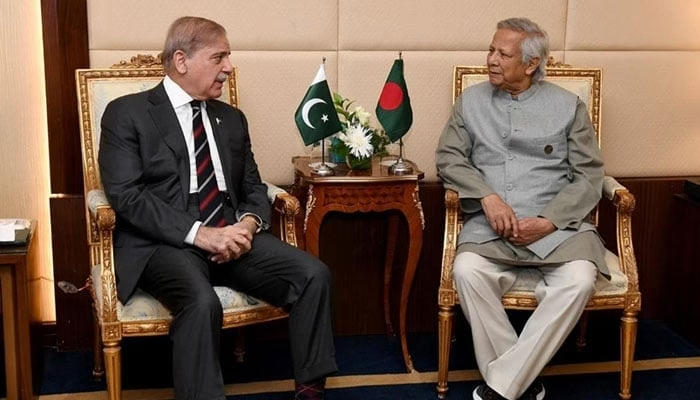The PIA engineers protest has intensified in recent days, leading to major flight disruptions, a standoff with management, and the dismissal of two top union officials. The national airline has been struggling to maintain smooth operations as tensions between the Pakistan International Airlines (PIA) administration and its aircraft engineering staff continue to rise over safety concerns, working conditions, and long-standing administrative disputes.
PIA issued a formal notification announcing the termination of the Society of Aircraft Engineers of Pakistan (SAEP) President Abdullah Jadoon and Secretary General Awais Jadoon. According to the airline, both officials were dismissed after failing to appear for personal hearings before the CEO on November 4 and 5. The inquiries, initiated last year, allegedly provided several chances for the union leaders to defend themselves. However, their absence led the administration to take disciplinary action.
Engineering staff and union representatives, meanwhile, argue that the dismissals are directly linked to the PIA engineers protest, which has centered on unresolved safety and maintenance issues. Awais Jadoon claimed that engineers were being pressured to certify aircraft with technical faults, something they could not ethically accept. He insisted that the engineers’ stance was grounded in maintaining strict aviation safety standards, and said that the dismissals will be challenged in court with documented evidence.
The protest, which began months ago with engineers wearing black armbands, has now escalated to the refusal to issue safety clearances for certain aircraft. This has resulted in dozens of delayed flights, grounded aircraft, and stranded passengers at key airports, especially in Karachi. What started as a symbolic demonstration has transformed into a serious operational crisis. According to SAEP sources, engineers have not received a salary raise in eight years, and the shortage of spare parts has created additional pressure, making routine maintenance increasingly difficult. The union argues that these circumstances pose real risks to flight safety, fueling the PIA engineers protest.
PIA management, however, holds a completely different view. The CEO has instructed strict disciplinary action against all engineers participating in the disruption, stating that any effort to interrupt operations will result in consequences under the Pakistan Essential Services (Maintenance) Act, 1952. According to the administration, strikes and walkouts by essential service providers are illegal, and those involved will face legal measures.
A PIA spokesperson went a step further, saying that the engineers’ union has no legal status and alleging that the true objective behind the movement is to influence or sabotage the airline’s ongoing privatization process. Management argues that labeling the situation as a safety crisis while simultaneously walking off the job is a deliberate tactic to exert pressure on the administration. They maintain that the airline has implemented necessary procedures for aircraft safety and that disruptions are meant to weaken public confidence in PIA during a critical transition period.
The PIA engineers protest continues to expose deep-rooted issues within the national carrier—issues that have accumulated over years of limited investment, lack of modernization, financial strain, and administrative challenges. Engineers argue that technical staff cannot ensure safety without proper resources, while the administration stresses that operational continuity cannot be held hostage to staff disagreements.
Despite the rising tension, SAEP maintains that its members will not return to duty until the CEO changes his approach and opens formal negotiations. They emphasize that the protest is peaceful and solely focused on passenger safety and professional integrity. The union believes that restoring dialogue is the only viable solution to resolving the crisis.
As the situation unfolds, passengers continue to face uncertainty, with multiple cancellations and delays creating frustration. The airline has attempted to arrange alternative maintenance support, but operational challenges remain significant.
The PIA engineers protest is not just a dispute between employees and management—it reflects the larger structural problems facing Pakistan’s national airline. Safety standards, resource shortages, employee welfare, and privatization pressures all converge in this conflict, making it one of the most serious internal challenges PIA has faced in recent years. Whether through negotiation or legal intervention, the resolution of this dispute will play a crucial role in shaping the future stability and credibility of the airline.



